When I first started tying flies I went and bought a little bit of everything, testing out material and figuring out their properties is easy when you can go into a store and feel it, but it is harder when you are trying to order online – you never quite know what you get. So: this is the first post for looking at dubbing: this material that you can find in so many variants (and not to talk about blending your own…). For now I will try to look at different types of dubbing as they appear directly from the package.
Hare’s Ear Plus from Hareline consists of rabbit fur combined with Antron, making it a very good blend for wetflies and buggy nymphs (but also emergers that needs a bit of life)
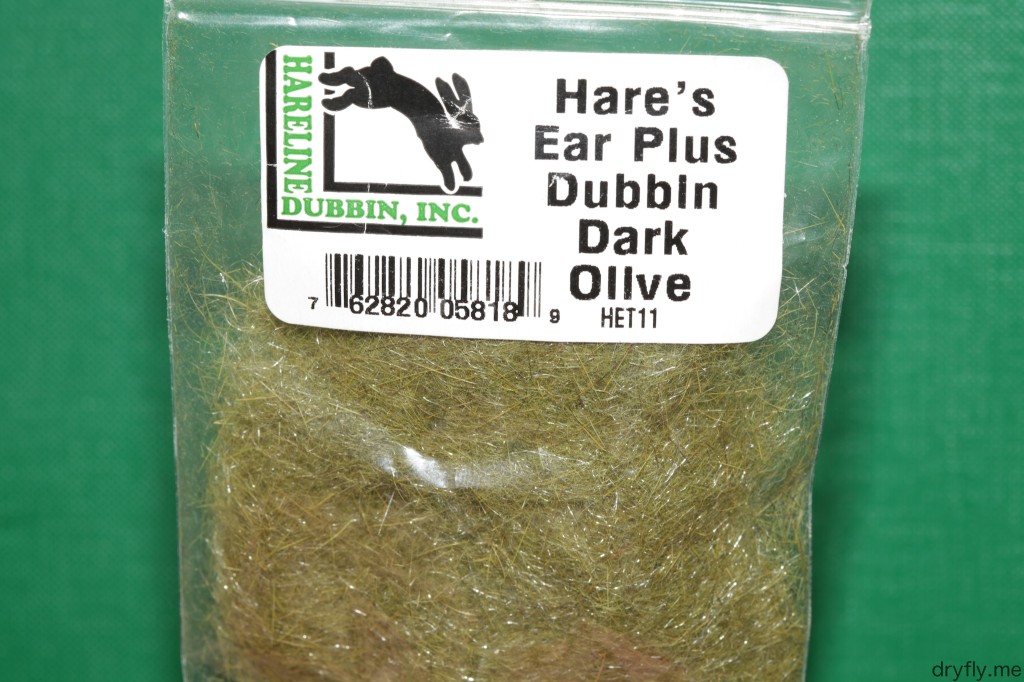
A little bit of dubbing: you can see the roughness of it, this is a nice and coarse blend.
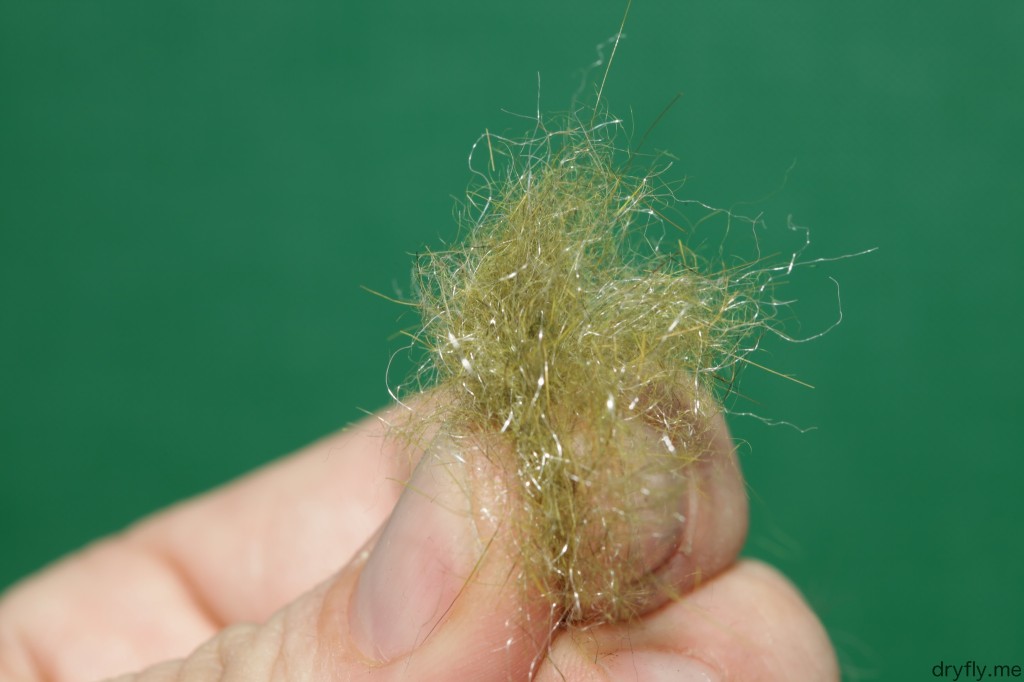
Tying in on a Mustad 9480 #14

A lightly dubbed hook – will generate a lot of life in the water:

Wrapped a wire around the hook and lightly brushed the dubbing. With so little dubbing you can see it doesn’t add much to the version above:
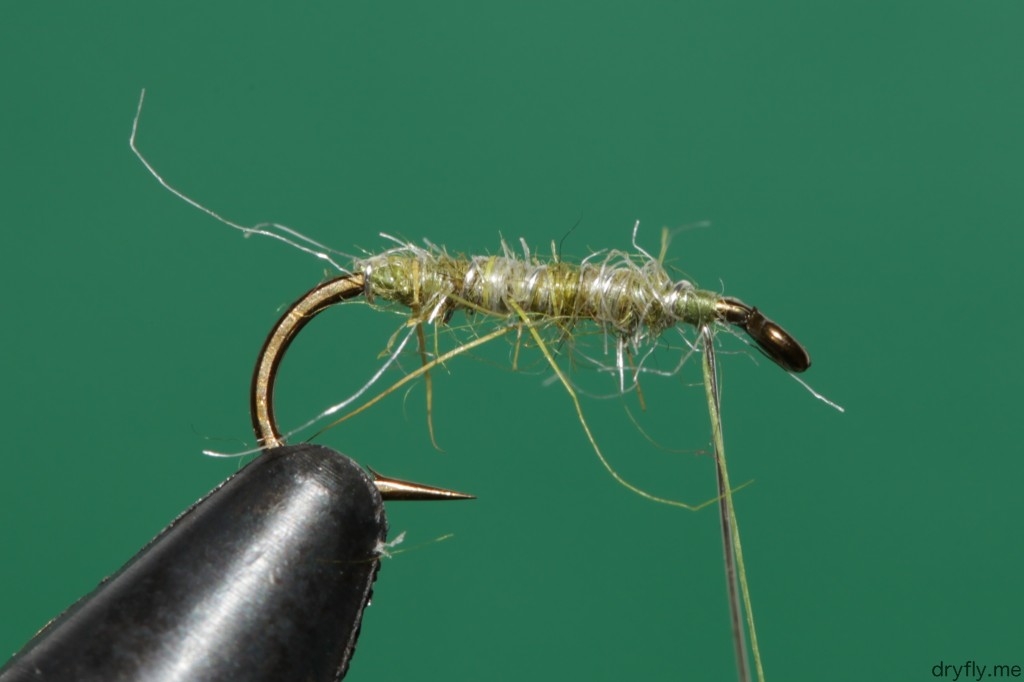
A trimmed version of the one above: the colors makes a roughness to the body that I like. This is how I apply this to emergers:
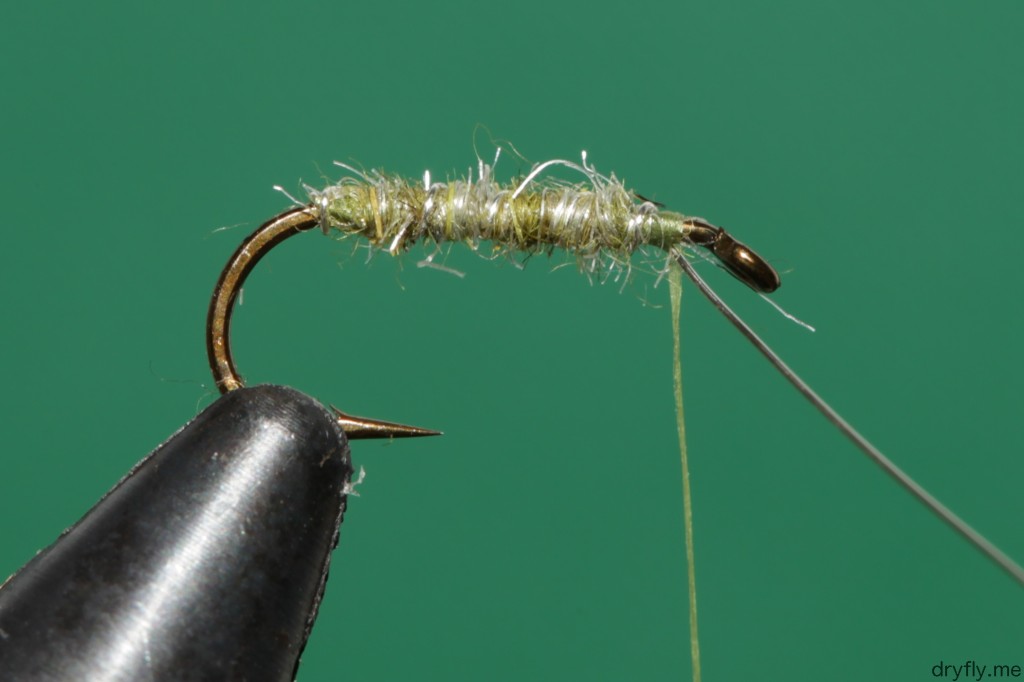
Applied a very generous amount to a D-R 135 #14 hook with wire twisted around the hook and brushed it a lot to show how it can come out for nymphs:
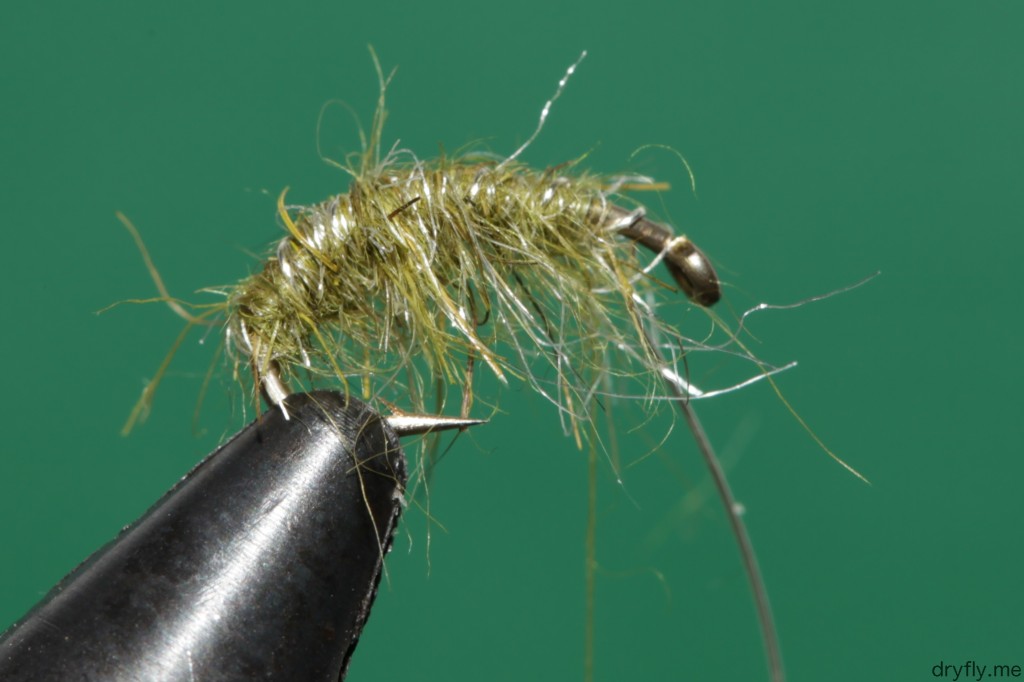
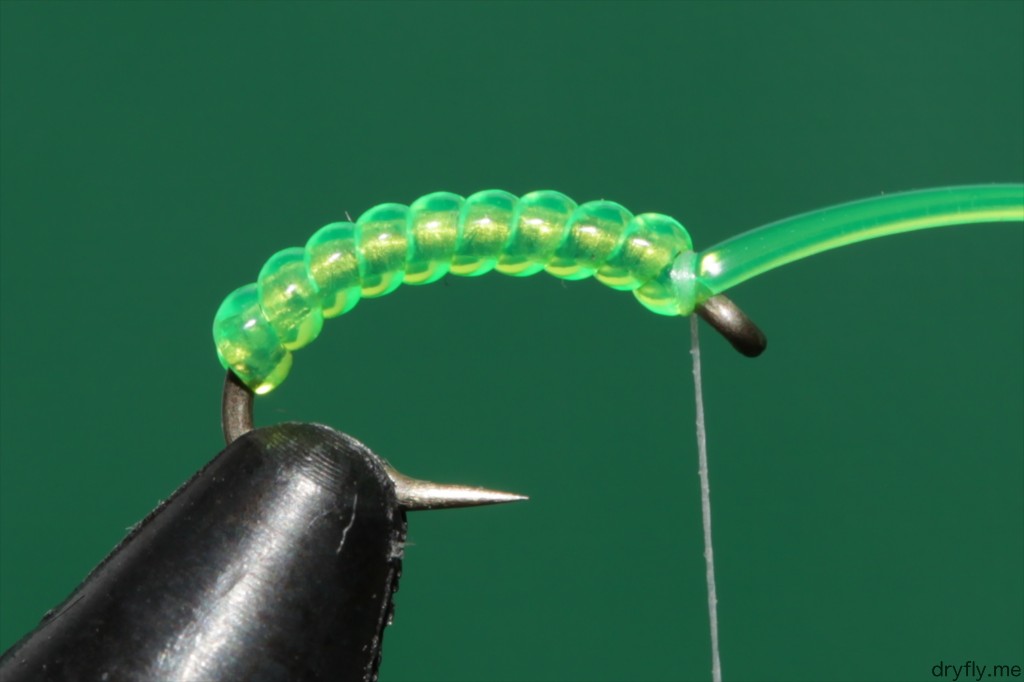
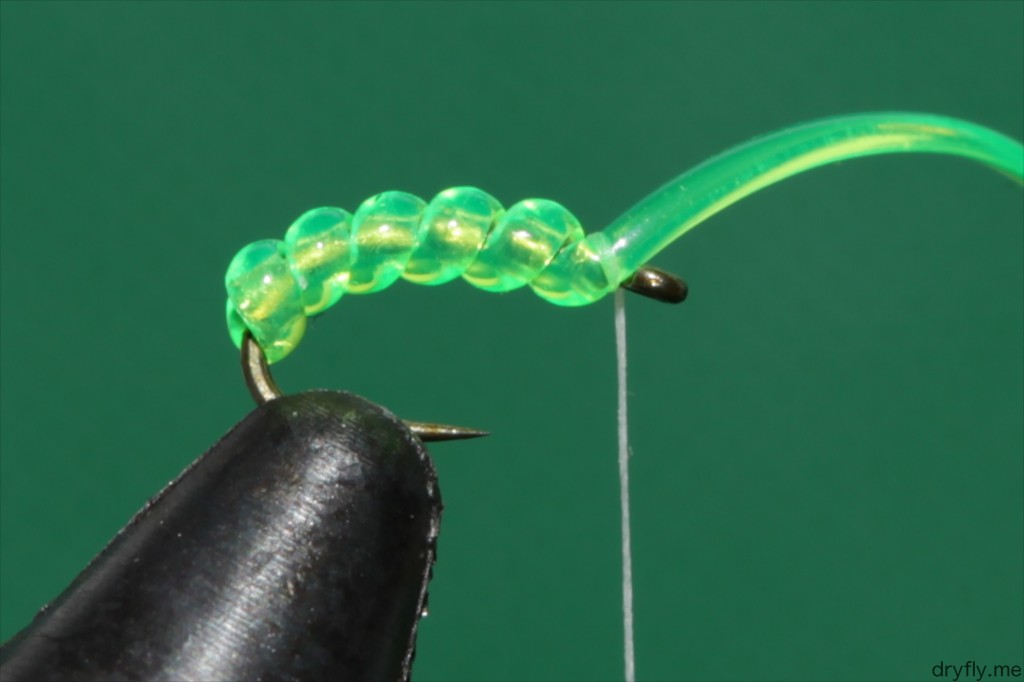
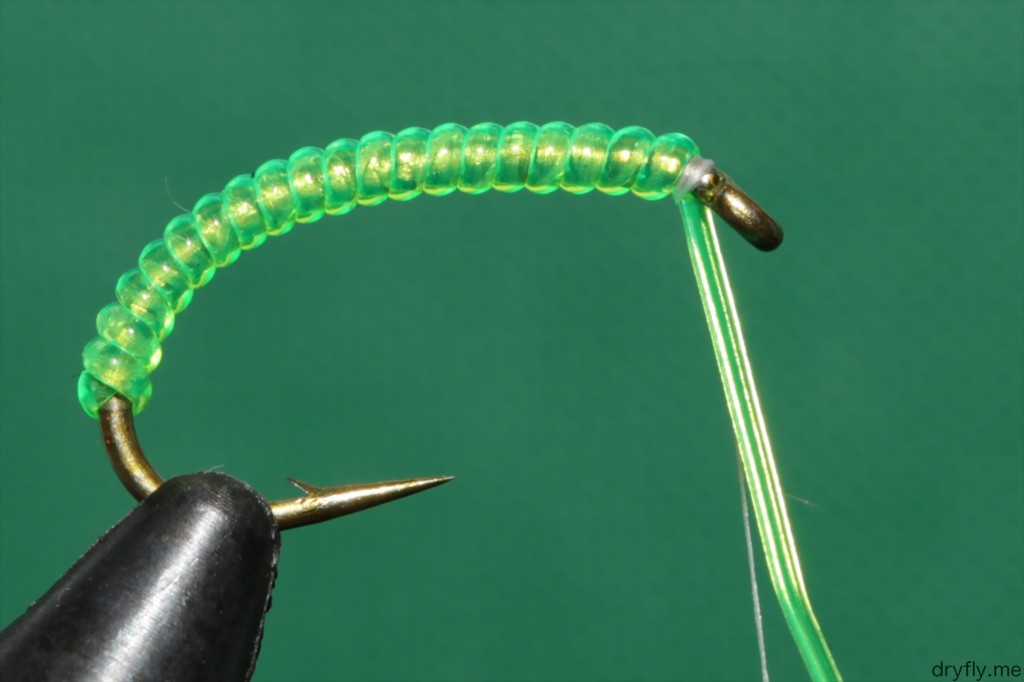
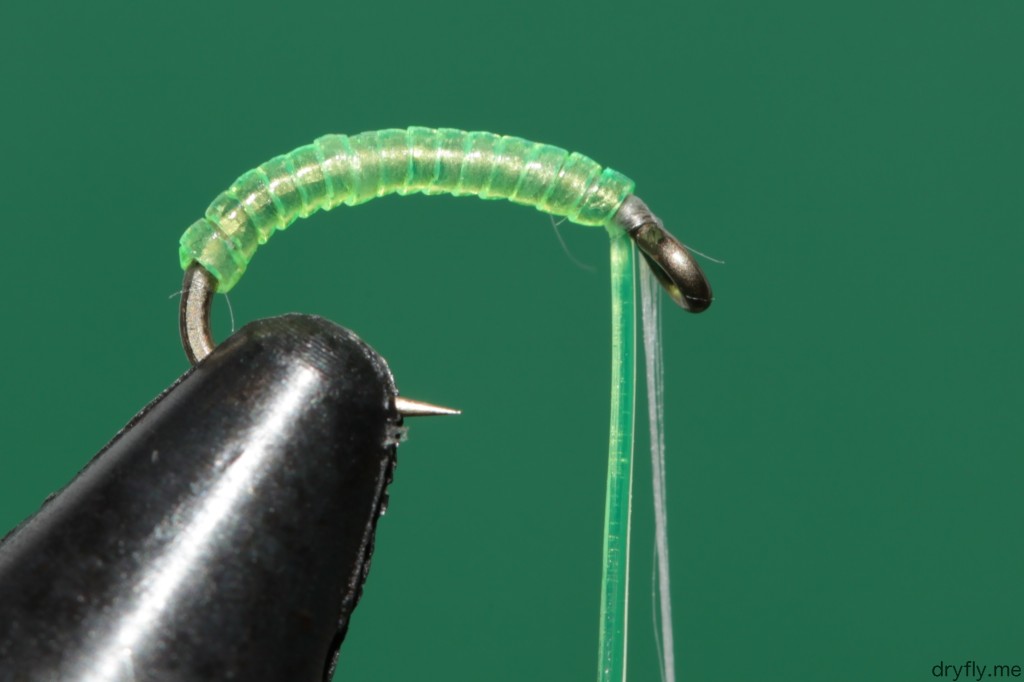
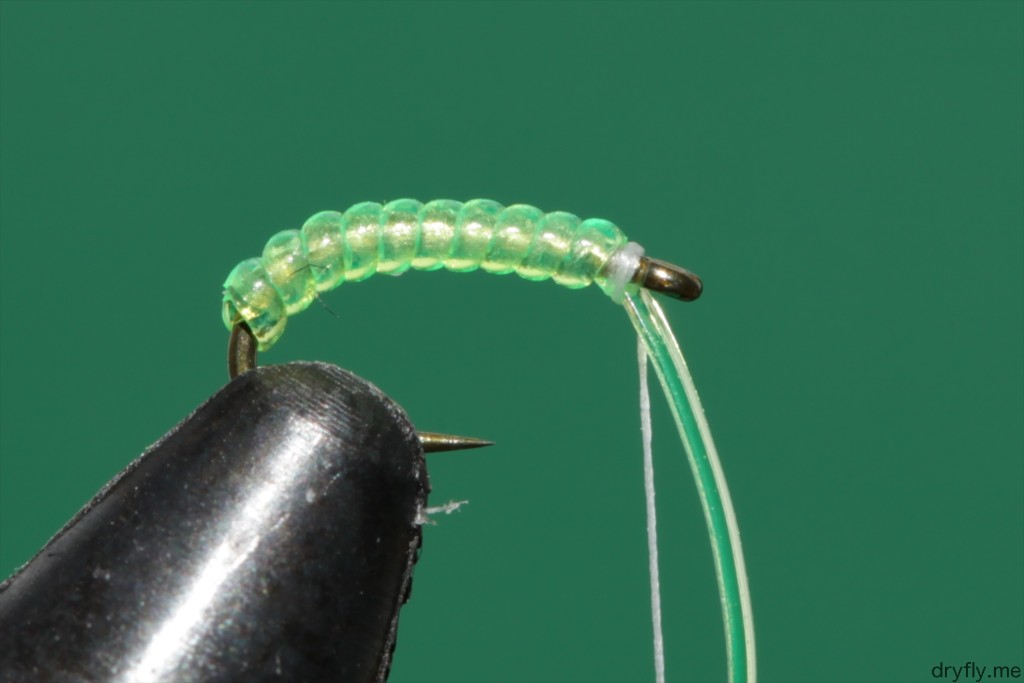
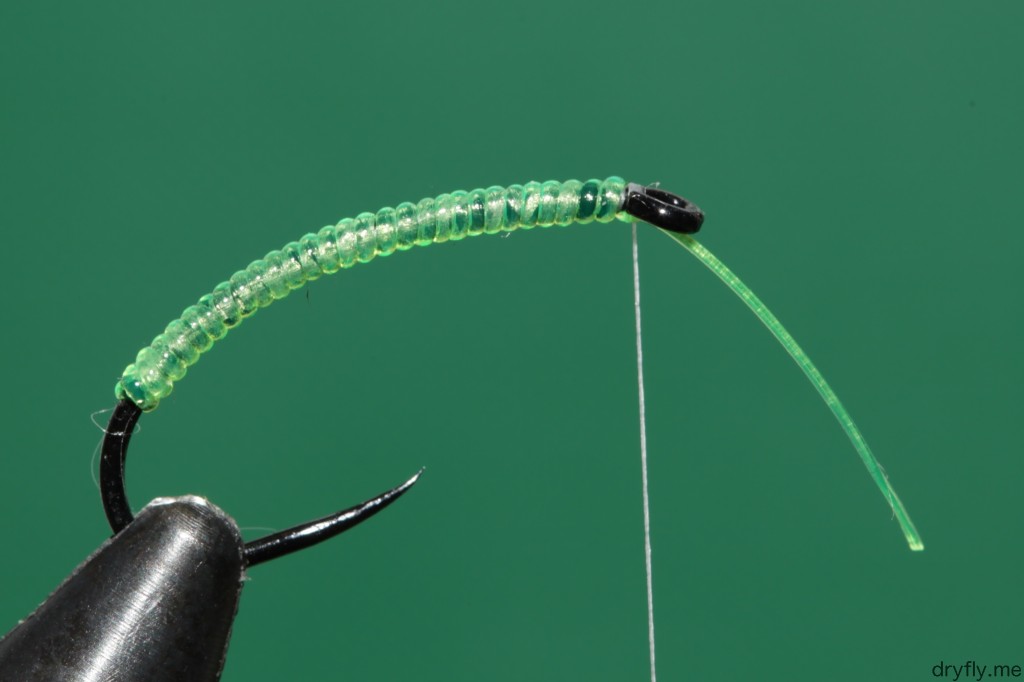
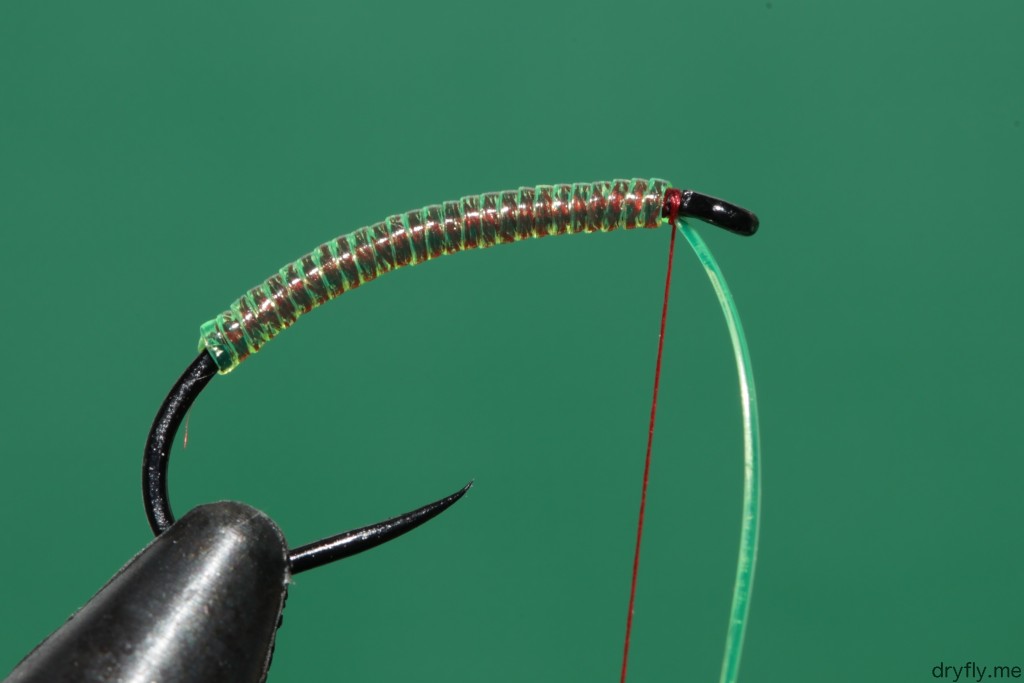







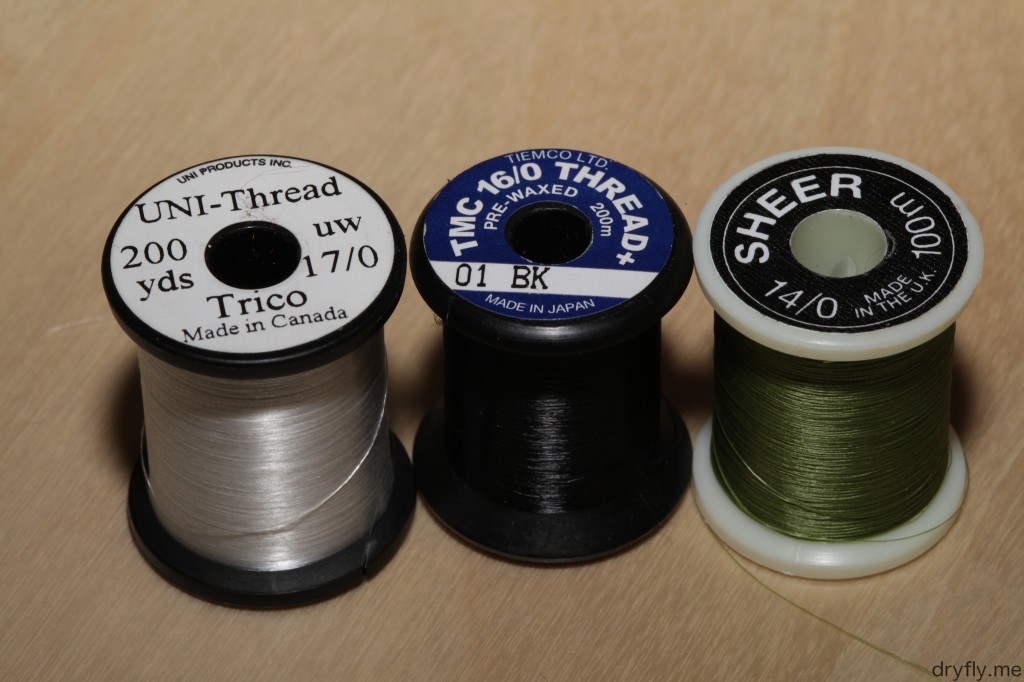

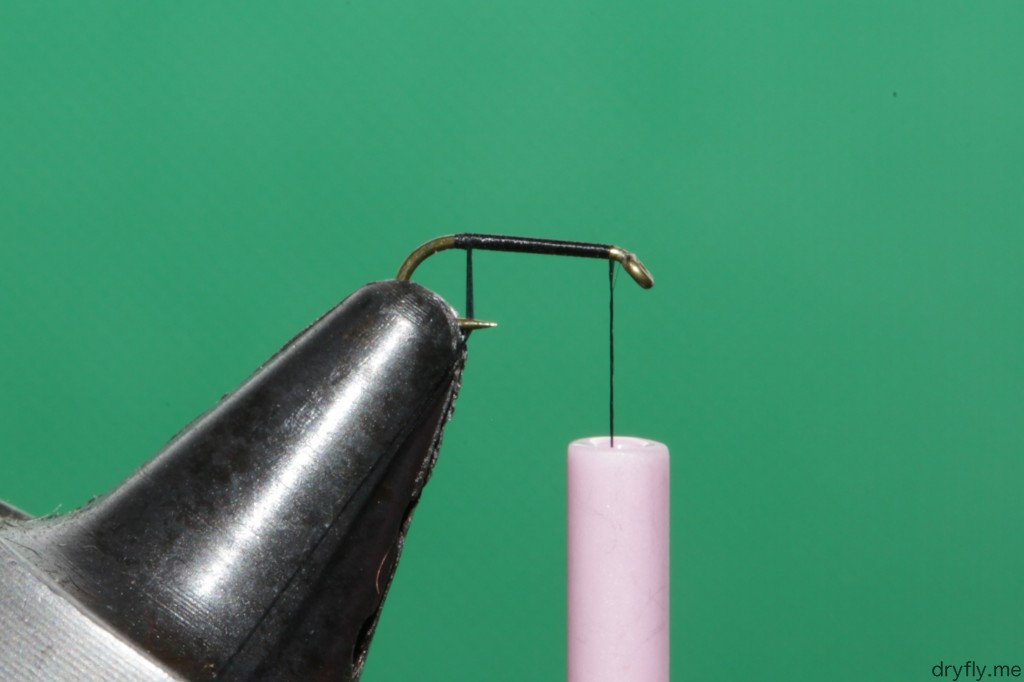
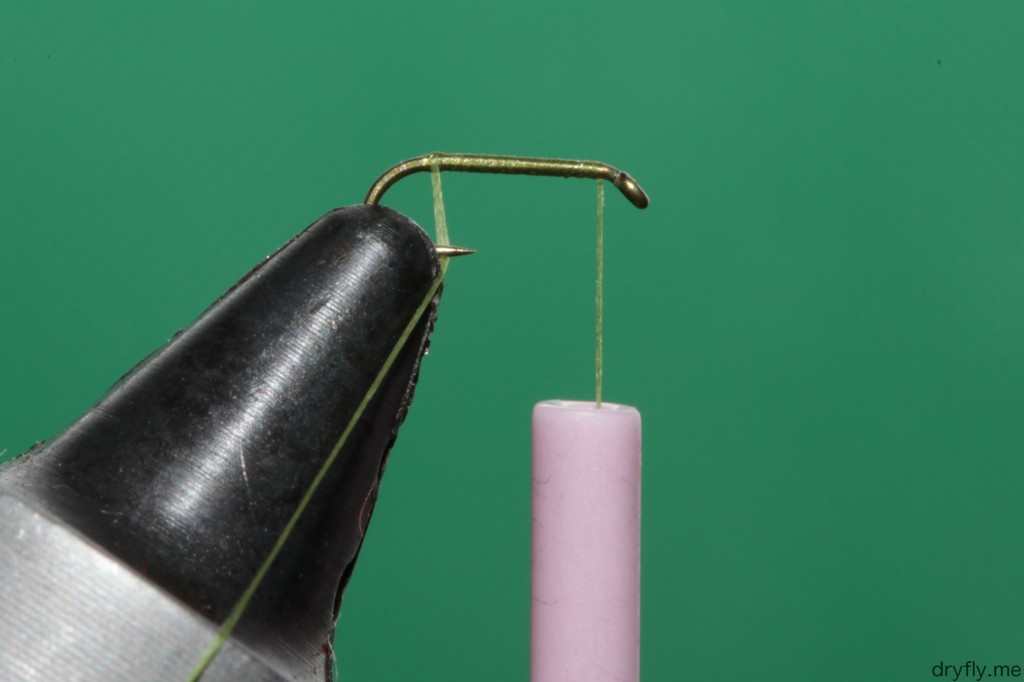
Recent Comments